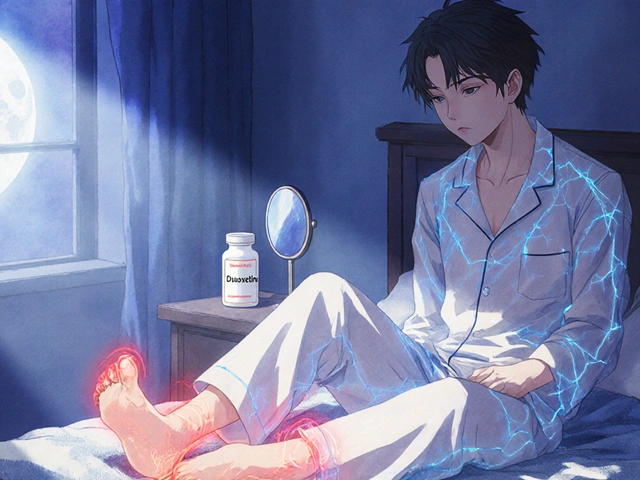Urinary Retention – What It Is and How to Deal With It
Ever felt like you can’t finish going to the bathroom even though you’re trying? That’s urinary retention. It means your bladder can’t empty completely. It can be uncomfortable, cause a weak stream, or make you feel like you have to go all the time. Knowing why it happens and what you can do right away makes a big difference.
Common Causes of Urinary Retention
There are a bunch of everyday things that can block the flow of urine. A prostate that’s grown bigger is a classic cause for men, especially after 50. For both men and women, certain medicines – like antihistamines, antidepressants, or muscle‑relaxers – can tighten the bladder neck. Infections, especially a severe bladder infection, can make the muscles swell and keep urine trapped. Sometimes a stone or a tumor blocks the urethra. Even simple dehydration can make the urine thick, slowing the emptying process.
When to Seek Medical Help
If you notice any of these signs, it’s time to call a doctor: a sudden inability to urinate, painful pressure in the lower belly, a weak or interrupted stream, or frequent dribbling after you think you’re done. Acute retention (when you can’t pee at all) is an emergency – you’ll need a catheter right away. Chronic retention (slow emptying over weeks) still needs a check‑up because it can lead to infections or kidney damage.
Doctors usually start with a simple bladder scan to see how much urine is left after you try to go. They may ask about your meds, recent surgeries, or any injuries. Blood tests and a urine sample help spot infection or kidney issues. In some cases, an ultrasound or a CT scan checks for stones or growths.
While you’re waiting for an appointment, a few home steps can ease discomfort. Try sipping water regularly – about 8 glasses a day – but avoid gulping large amounts all at once. Warm a heating pad on your lower abdomen for 10‑15 minutes; the heat can relax the pelvic muscles. Sitting on the toilet with your knees slightly higher than your hips (a small step stool works) can help the bladder empty more fully. If you’re on a medication that might be causing retention, talk to your pharmacist about possible alternatives.
For some people, pelvic floor exercises (kegels) improve the muscle tone that controls urine flow. Start slowly: tighten the muscles you’d use to stop the flow, hold for three seconds, then release. Do a few sets a day, and you may notice a steadier stream over time. If you have a prostate issue, your doctor might suggest alpha‑blockers – a type of pill that relaxes the muscles around the prostate and makes it easier to pee.
Remember, urinary retention isn’t something you have to live with. Early detection and a few practical changes can stop the problem from getting worse. If symptoms linger, get professional help – a quick visit can protect your bladder and kidneys for the long run.

Urinary Retention in Men: Causes, Symptoms & Treatment Options
Learn what urinary retention in men is, why it happens, key warning signs, and the most effective medical and surgical treatments to restore normal bladder function.




